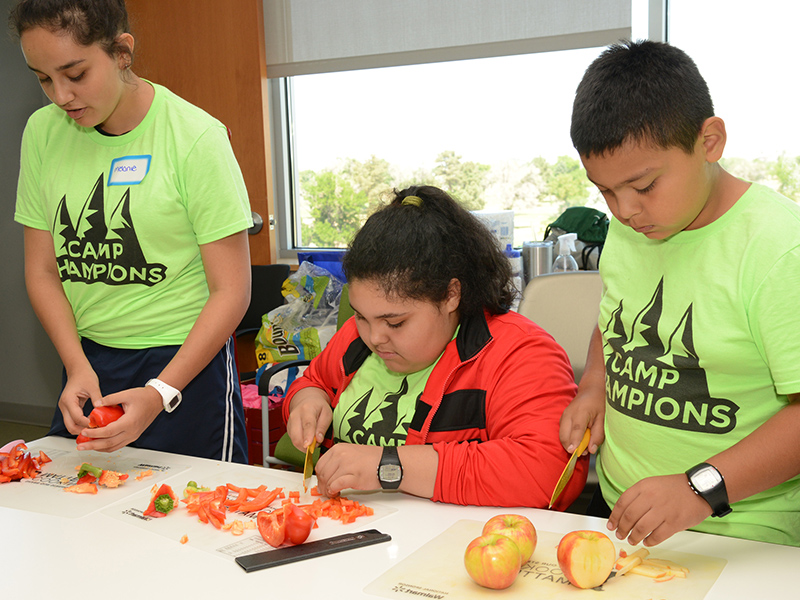- Doctors & Departments
-
Conditions & Advice
- Overview
- Conditions and Symptoms
- ¿Está enfermo su hijo?
- Parent Resources
- The Connection Journey
- Calma Un Bebé Que Llora
- Sports Articles
- Dosage Tables
- Baby Guide
-
Your Visit
- Overview
- Prepare for Your Visit
- Your Overnight Stay
- Send a Cheer Card
- Family and Patient Resources
- Patient Cost Estimate
- Insurance and Financial Resources
- Online Bill Pay
- Medical Records
- Política y procedimientos en el hospital
- Preguntamos Porque Nos Importa
-
Community
- Overview
- Addressing the Youth Mental Health Crisis
- Calendar of Events
- Child Health Advocacy
- Community Health
- Community Partners
- Corporate Relations
- Global Health
- Patient Advocacy
- Patient Stories
- Pediatric Affiliations
- Support Children’s Colorado
- Specialty Outreach Clinics
Your Support Matters
Upcoming Events
Colorado Hospitals Substance Exposed Newborn Quality Improvement Collaborative CHoSEN Conference (Hybrid)
lunes, 29 de abril de 2024The CHoSEN Collaborative is an effort to increase consistency in...
-
Research & Innovation
- Overview
- Pediatric Clinical Trials
- Q: Pediatric Health Advances
- Discoveries and Milestones
- Training and Internships
- Academic Affiliation
- Investigator Resources
- Funding Opportunities
- Center For Innovation
- Support Our Research
- Research Areas

It starts with a Q:
For the latest cutting-edge research, innovative collaborations and remarkable discoveries in child health, read stories from across all our areas of study in Q: Advances and Answers in Pediatric Health.


Eating Healthy Doesn't Have to Be Expensive

“There’s a myth that healthy food is not affordable,” says Maria Valenzuela, Prevention, Education and Outreach Coordinator for the Children’s Health Advocacy Institute at Children’s Hospital Colorado.
“A lot of times people from low-income households may have to have a couple of jobs, they’re juggling, there’s no time,” Valenzuela says. “Fast food has become a big crutch.”
However, as Valenzuela explains, that myth can be overturned, and that “crutch” can be replaced with healthier options. And it’s not as hard as many people think.
Valenzuela coordinates Cooking Matters at Children’s Colorado, a weekly hands-on class that teaches people from low-income households that healthy eating is within reach.
Many research studies have shown that children from low-income households are at a greater risk for becoming obese. Cooking Matters, a national program from Share Our Strength’s No Kid Hungry campaign, was created to help combat the problem. The six-week long class spotlights topics such as sugary drinks and whole grains.
In the classes, Valenzuela tries to change families’ perspectives by overturning some common food myths, which might take many consumers by surprise.
Valenzuela tells parents that:
- Fruits and vegetables don’t have to be fresh. A common misperception is that the only fruits and vegetables worth eating must be fresh. Since those tend to be the most expensive, people might forgo eating them altogether if they can’t afford them. While fresh is ideal, canned and frozen fruits and vegetables are an excellent alternative – if they don’t have added sugar or sodium. Often, canned and frozen fruits and vegetables have a low unit price, and families can store them easily, thus extending their shelf life in the home.
- Kids are more likely to eat vegetables if they help prepare them. “Kids eat what they make,” Valenzuela says, explaining that some parents worry that it’s unsafe to allow children to use a knife to prepare food. But if taught properly, and they are of the right age, it’s perfectly safe. And, their participation in preparation is more likely to lead to their consumption of the food. In class, parents will often turn to Valenzuela in surprise after seeing their child eat something they would never eat at home. “They are excited when they get to be part of the process,” Valenzuela says.
- Cereal can be healthy. According to the United State Department of Agriculture, parents should always aim for their kids to have three or more food groups in a meal, in the correct portions. Some parents might feel intimidated by achieving this at breakfast, thinking they have to create an elaborate feast that involves cooking on the stove. But, Valenzuela explains, “It’s not hard if you do a whole grain cereal with low fat milk and fruit.” Just be sure the cereal is whole grain, and keep an eye on added sugar in cereal and in packaged fruit.
Valenzuela also advises parents to encourage kids to prepare fruit-infused water in lieu of sugar-sweetened beverages, to scour nutrition labels on whole-grain products for those that have high fiber, and to try adding spinach to fruit smoothies. “It doesn’t give it any flavor,” Valenzuela says of the spinach, but it adds valuable nutrients and fiber to a popular breakfast food.
How to sign up for Cooking Matters
- Children’s Colorado offers Cooking Matters for families who have children ages 7 to 13, and are willing to come to Children’s Colorado for the classes.
- Call 720-777-8416 to sign up.
- Classes are offered in English and Spanish.



 720-777-0123
720-777-0123



